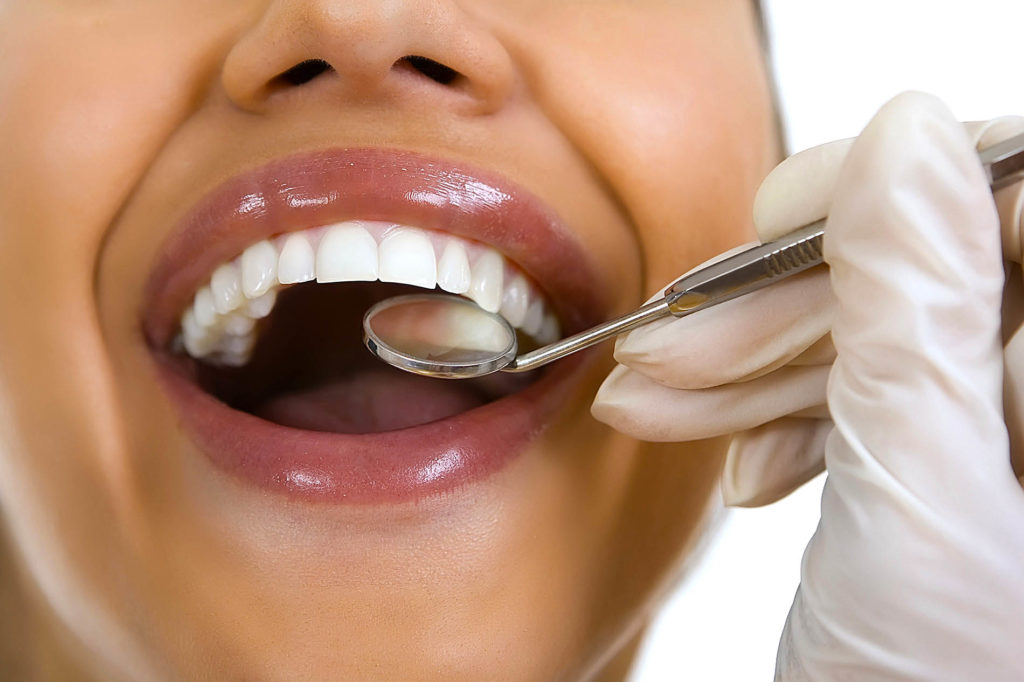Gum disease, also known as periodontal disease, is a common condition that affects the tissues supporting your teeth. It can range from simple gum inflammation (gingivitis) to a more severe form (periodontitis) that can lead to significant damage to the soft tissue and bone supporting your teeth, and ultimately, tooth loss. Early detection is key to successful treatment and preventing more serious complications. At New Hyde Park Dental, serving the Hicksville, NY area, we emphasize the importance of recognizing these early warning signs.
What is Gum Disease?
Gum disease begins when plaque, a sticky film of bacteria, constantly forms on your teeth. If plaque isn’t removed through daily brushing and flossing, it can harden into tartar (calculus), which can only be removed by a professional dental cleaning. Plaque and tartar buildup irritate the gums, leading to inflammation.
Gingivitis: The Early Stage
Gingivitis is the mildest form of gum disease. It’s characterized by inflammation of the gums, but at this stage, the bone and connective tissue that hold your teeth in place are not yet affected. Gingivitis is reversible with good oral hygiene and professional dental cleanings.
Early Signs of Gingivitis to Watch For:
- Red, Swollen, or Puffy Gums: Healthy gums are typically firm and pink. If your gums appear redder than usual, swollen, or puffy, it’s a strong indicator of inflammation.
- Bleeding Gums: One of the most common and noticeable signs of gingivitis is bleeding gums, especially when you brush or floss. While a little blood might seem minor, healthy gums should not bleed. Don’t ignore this symptom; it’s your gums telling you something is wrong.
- Tenderness or Discomfort: Your gums might feel tender or sore to the touch, or you might experience a general discomfort in your mouth.
- Bad Breath (Halitosis): Persistent bad breath can be a sign of bacterial buildup in your mouth, which is a hallmark of gum disease. The bacteria that cause gum disease also produce foul-smelling gases.
- Receding Gums: While more common in advanced stages, early gum recession can sometimes be an initial sign. This is when the gum tissue pulls back from the tooth, exposing more of the tooth’s root.
Periodontitis: The Advanced Stage
If gingivitis is left untreated, it can advance to periodontitis. In this more severe form, the inflammation spreads below the gum line, causing the gums to pull away from the teeth and form pockets. These pockets become infected, and as the body’s immune system fights the bacteria, it can break down the bone and connective tissue that hold teeth in place.
Signs of Advancing Gum Disease (Periodontitis):
- Deep Pockets Between Teeth and Gums: As the gums pull away, deeper pockets form that collect more plaque and bacteria.
- Pus Between Teeth and Gums: You might notice pus oozing from around your teeth and gums.
- Loose or Shifting Teeth: As the bone supporting the teeth deteriorates, teeth may become loose or start to shift, creating gaps.
- Changes in Bite: Your teeth may no longer fit together properly when you bite.
- Persistent Bad Taste in Mouth: Beyond bad breath, you might experience a continuous unpleasant taste.
- Changes in the Fit of Partial Dentures: If you wear partial dentures, they may no longer fit correctly due to changes in your gum and bone structure.
Why Early Detection Matters
Catching gum disease in its early stages (gingivitis) is crucial because it’s reversible. With professional cleanings and improved home care, you can restore your gums to health. If it progresses to periodontitis, the damage to bone and tissue is often irreversible, requiring more extensive and complex treatments to manage the disease and prevent tooth loss.
What to Do If You Notice These Signs
If you experience any of the early signs of gum disease, don’t delay. Schedule an appointment with your dentist at New Hyde Park Dental immediately. A thorough examination, including X-rays, will help us diagnose the problem and recommend the most appropriate course of action. Early intervention is key to preserving your oral health and maintaining a healthy, confident smile for years to come.




